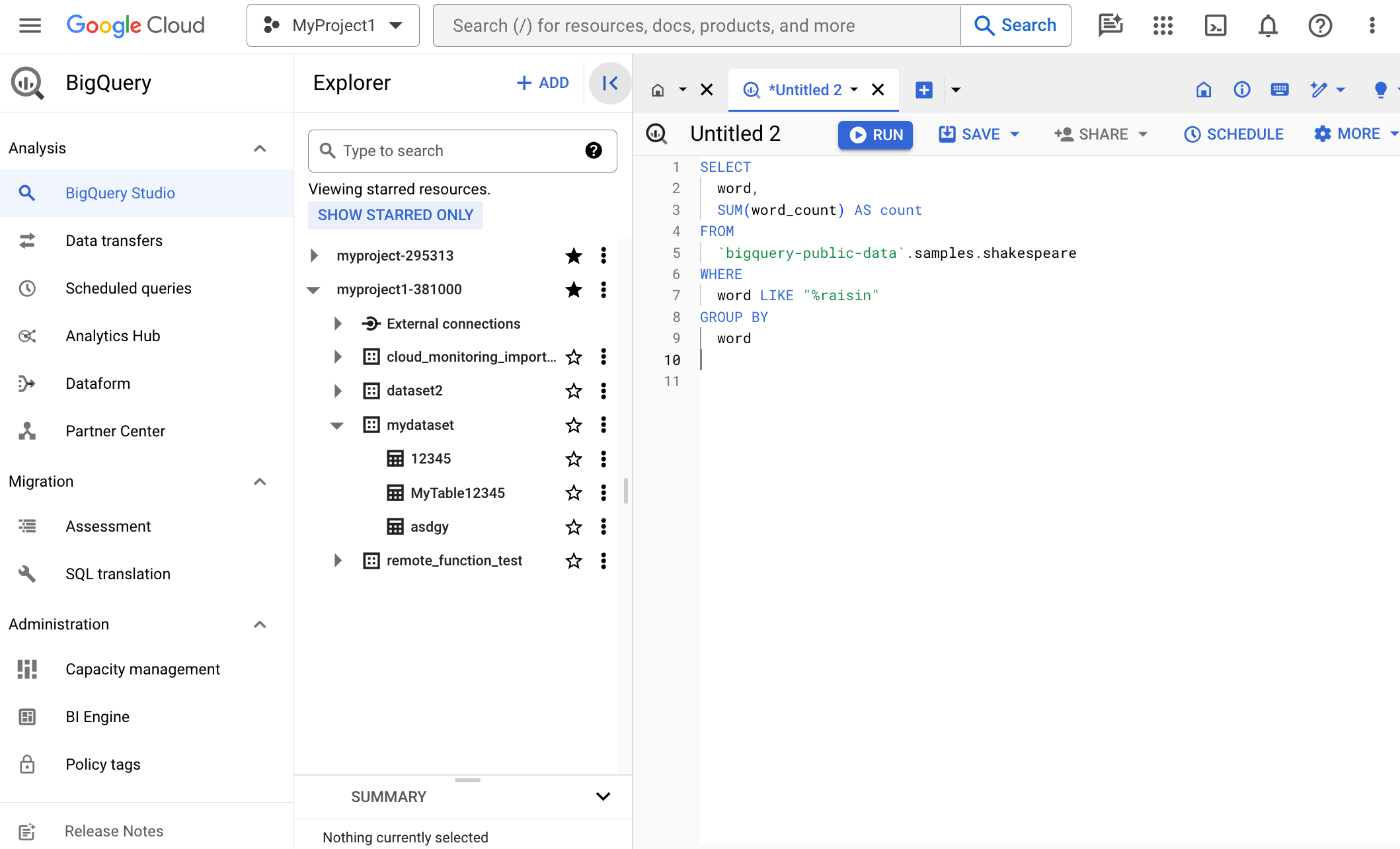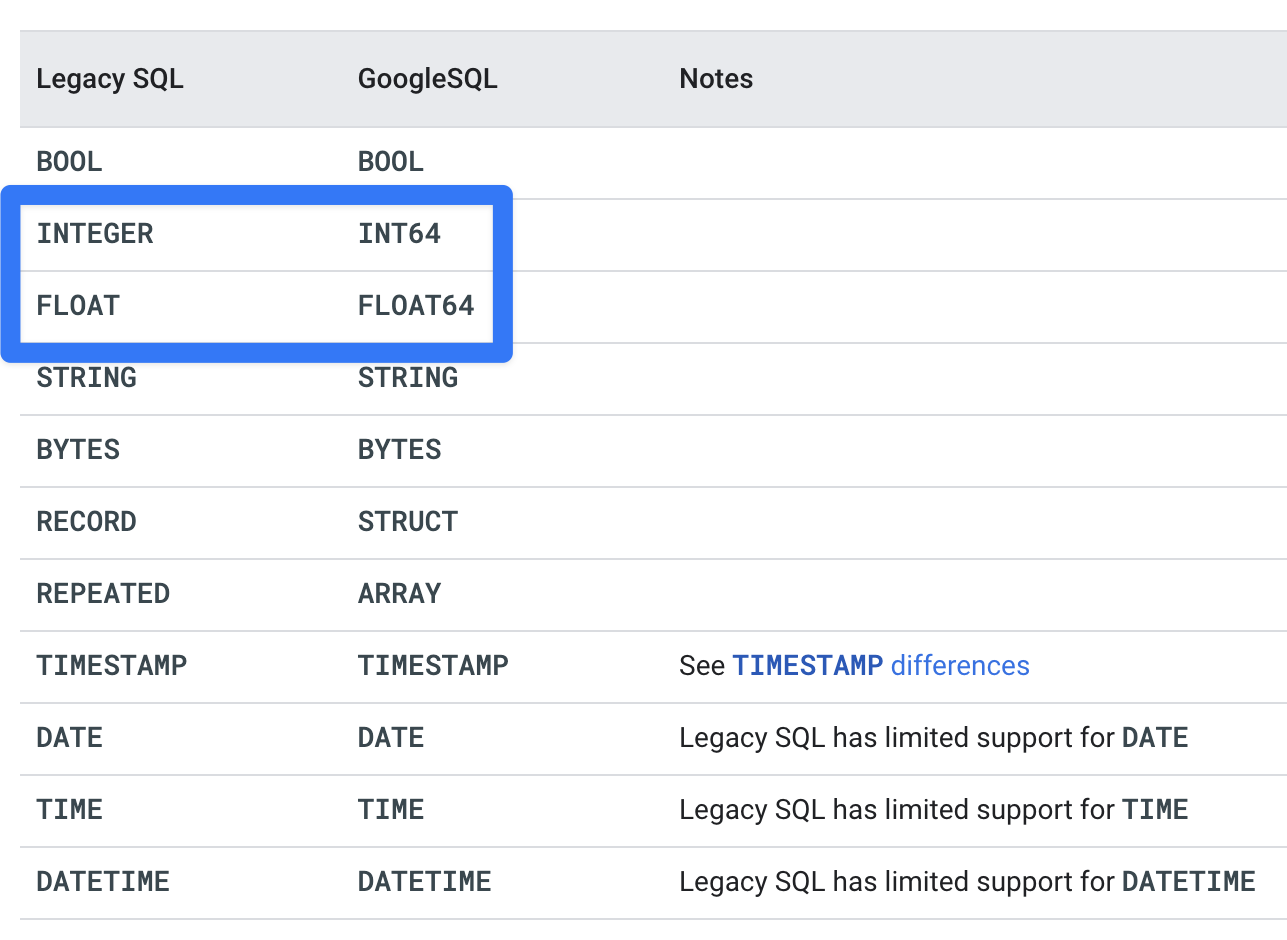Writing queries in BigQuery
Introduction to BigQuery

Matt Forrest
Field CTO
Writing simple queries
A simple query in BigQuery
-- Note the table name structure
SELECT
*
FROM
`project.ecommerce.order_items`
Running queries in BigQuery
We can run queries in BigQuery via:
- BigQuery Studio
- Client libraries (e.g., Python)
- Google Cloud command line tool
- Pandas

Using correct table names
-- Using the full table name structure
SELECT
*
FROM
`project.ecommerce.ecomm_order_details`
/* Using the shorthand
table name structure */
SELECT
*
FROM
ecommerce.ecomm_order_details
GoogleSQL

Our datasets: Olist E-Commerce
- Orders: Order number and order item information
- Order details: Customer id, order and shipping dates
- Payments: Payment type, split payments, amounts
- Products: Product category, description, dimensions

1 https://www.kaggle.com/datasets/olistbr/brazilian-ecommerce
Products
product_id- unique product IDproduct_photos_qty- number of product photosproduct_weight_g- weight of the productproduct_category_name_english- product category name

Orders
order_id- Order unique IDorder_items-STRUCTcontaining information about the order itemsorder_item_id- Item number in the orderproduct_id- Unique product IDseller_id- Unique seller IDprice- Price of the order item

Order details
order_id- unique order IDcustomer_id- unique customer IDorder_status- current order statusorder_purchase_timestamp- Timestamp when order was purchasedorder_approved_at- Timestamp when order was approvedorder_delivered_carrier_date- Timestamp when order was accepted by the carrierorder_delivered_customer_date- Timestamp when order deliveredorder_estimated_delivery_date- Timestamp of estimated delivery date
Payments
order_id- unique order IDpayment_type- type of paymentpayment_sequential- payment numberpayment_installments- number of payment installmentspayment_value- value of that payment

Review of aggregations and joins
-- Count of orders per customers
SELECT
d.customer_id,
COUNT(o.order_id)
FROM
ecommerce.ecomm_order_details d
JOIN
ecommerce.ecomm_orders o
USING (order_id)
GROUP BY
d.customer_id
Five key components:
- Aggregate function
- The left dataset
- The right dataset
- Join condition
- Grouping condition
Let's practice!
Introduction to BigQuery

